ALBANY — Although the overall budget for the state Office for People With Developmental Disabilities is expected to increase nearly 3 percent, those who provide direct services to people with disabilities say the cuts are falling on them.
The latest cuts add insult to injury to a sector that has not seen a cost-of-living increase to reimbursements for a decade, including a 1 percent across-the-board cut to Medicaid spending; 5 percent reduction to vendor payments; and a 50 percent pruning in bed vacancy reimbursements set to take effect in May, providers and advocates say.
On top of those reimbursement changes, the sector still struggles with high turnover and staff vacancies due to meager wages.
Schenectady ARC Executive Director Kirk Lewis said the nonprofit stands to lose $550,000 between cuts to Medicaid and the bed vacancy reimbursement change. What the 5 percent trim will mean for the organization providing wraparound services to the vulnerable population in Schenectady County is unknown, he said.
“We’re being cut in a thousand different places in a thousand different ways,” he said. “The irony is the commissioner spoke about not wanting to cost jobs or take money away from direct support professionals. The (bed vacancy reimbursement) cut hits our residential programs and it can’t help but have an impact on what we do and how we can pay our direct support professionals.”
Intellectual and developmental disability advocates also expressed frustration over state officials’ portrayal of the sector’s fiscal condition.
Jim Moran, CEO of Care Design New York — one of seven care coordination organizations licensed to provide home health care management services to people with intellectual or developmental disabilities — said the organizations have been told their state funds will be reduced 23 percent beginning in July. State officials claimed they are aligning the reimbursement rates to the costs of the service, Moran said.
“At the time they made this decision about the dollar value, they did not have any certified cost reports in which to review and make a decision,” he said. So, how state officials adequately aligned rates with the cost of the service is unclear, Moran said.
The organizations are the first point of contact for families and individuals with disabilities seeking home health care services through the Office of People With Developmental Disabilities, and demand for home health services for all populations has soared amid concern over the infectious coronavirus spreading in congregate facilities.
Despite this, state officials plan to cut reimbursement rates to these organizations by 23 percent this year, which is on top of a 16 percent rate cut implemented last year. Moran said the cuts — which won’t change whether New York receives additional federal government or not — amount to a collective $166 million reduction in revenues for the organizations.
State officials only budgeted for 2 percent growth in the sector, but the demand grew by 10 percent, Moran said.
“Legally they cannot stop enrolling people,” he said. “Their thought is: ‘We’ll put it on the backs of the organizations providing services because they didn’t prepare adequately for expansion of people accessing services.'”
The agency’s commissioner reiterated in an emailed statement their commitment to the vulnerable population.
“Despite the global pandemic and lack of federal funding, the executive budget calls for a 2.8 percent increase in state spending on OPWDD programs,” the commissioner said. “These resources will support new services for people with developmental disabilities and their families, commit new capital funding for the availability of affordable housing, and continue to support wage increases for staff who support individuals in the not-for-profit sector. Since 2015, spending for wage increases for direct care and clinical workers has grown by $710 (million).”
OPWDD officials say the increased compensation are a mix of meeting the minimum wage as well as targeted salary increases for the sector — the last of which was a 2 percent pay bump in 2020. State officials did not comment on the specific budget cuts of concern to the sector.
State lawmakers have introduced legislation setting a minimum starting salary for home health care aides at $35,000, in response to high turnover and low wages among the workers.
New York Disability Advocates President Tom McAlvanah said over the last few years, as the state became hard-pressed for cash, New York turned away from the vulnerable population, ignoring calls for increased resources that were made well before the coronavirus pandemic further exacerbated the issues.
“We’ve gotten no relief dollars from any corona-relief packages passed last spring; we continue to have added expenses for PPE, for overtime and hazard pay and other increased expenses for the sector,” he said. “We continue to suffer all along and without any kind of stronger investment and cost of living that will address some of this, announcing cuts in the middle of a pandemic does not support people with developmental disabilities.”
Brendan J. Lyons
Source: https://www.timesunion.com/news/article/Disabled-being-elbowed-aside-as-doses-shifted-15888678.php?fbclid=IwAR25y5eoXWzS1EdJdlKLUsvcbZ5YVnqEgUz16waumfPNd7ZyS1R0gjqxVOc
